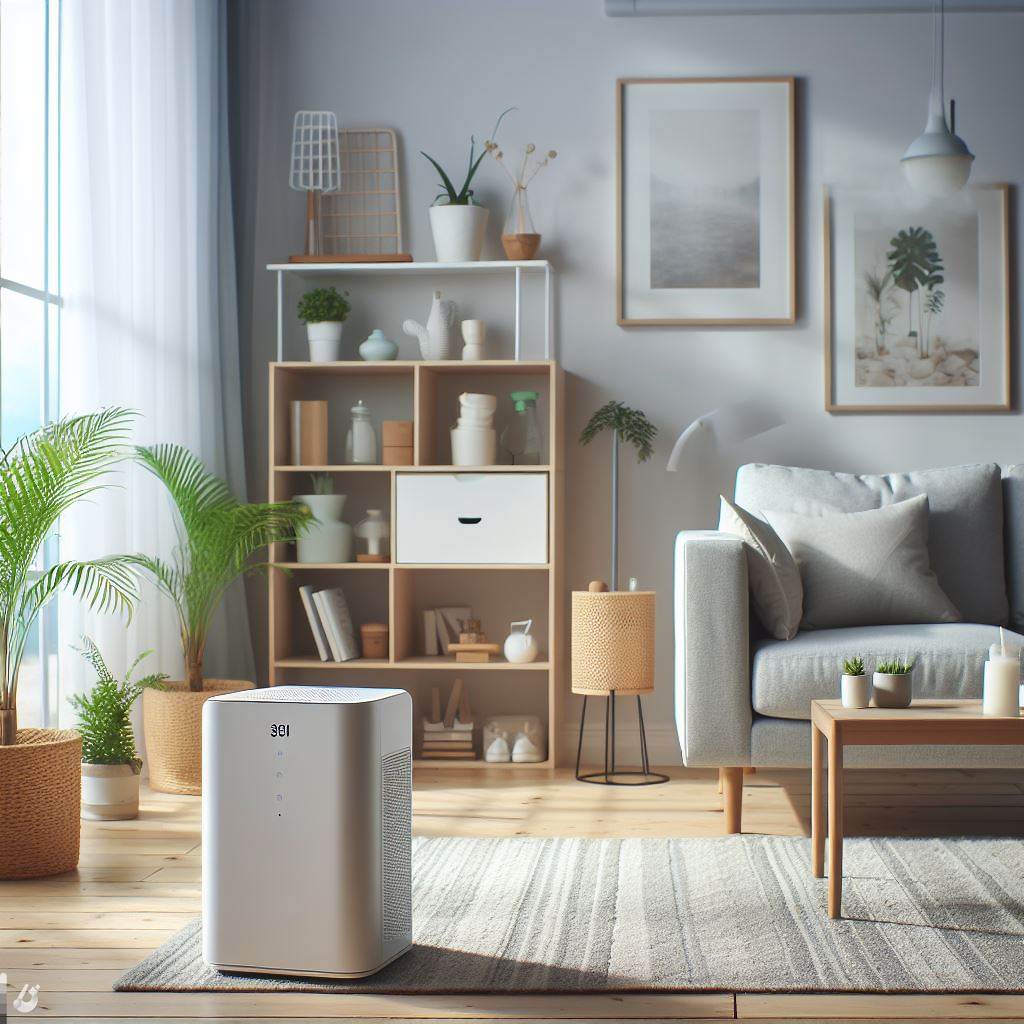In a world where clean air is a precious commodity, air purifiers have emerged as silent guardians, promising to cleanse the air we breathe. But do these sleek machines live up to the hype, and what exactly can they accomplish? In this blog, we’ll unravel the mysteries surrounding air purifiers, exploring their benefits, their limitations, and the nuanced realm of air quality improvement.
The Wonders of Air Purifiers:
Removal of Allergens and Viruses:
Air purifiers are adept at removing common allergens such as pollen, pet dander, and dust mites from the air. For allergy sufferers, this can be a game-changer, providing relief from sneezing, congestion, and itchy eyes. Some air purifiers have filters that may trap some airborne viruses.
Particle Reduction:
Fine particles and pollutants, including smoke and airborne bacteria, are effectively filtered by high-quality air purifiers. This is especially beneficial for those living in areas with high levels of pollution or for individuals with respiratory conditions.
Odor Elimination:
Air purifiers equipped with activated carbon filters can tackle unpleasant odors arising from cooking, pets, or other sources. They absorb and neutralize these odorous particles, leaving your living space smelling fresh.
Improved Respiratory Health:
Cleaner air can lead to improved respiratory health. Air purifiers are beneficial for individuals with asthma, chronic respiratory conditions, or those recovering from respiratory infections by reducing irritants in the air.
Mold and Mildew Prevention:
In areas prone to dampness, air purifiers can help prevent the growth of mold and mildew. By reducing humidity and capturing airborne mold spores, these devices contribute to a healthier indoor environment.
The Limitations of Air Purifiers:
Limited Coverage:
Air purifiers have a specific coverage area, and their effectiveness decreases as you move farther away from the device. It’s essential to choose a purifier that matches the size of the room or area you want to purify.
Ineffectiveness Against Some Gases:
While air purifiers excel at removing particulate matter, they may not be as effective against certain gases and volatile organic compounds (VOCs). Specialized filters or additional ventilation may be required to address these specific pollutants.
No Substitute for Cleanliness:
Air purifiers complement cleanliness but don’t replace good hygiene practices. Regular cleaning, proper ventilation, and maintenance of a dust-free environment are essential for comprehensive air quality control.
Cost and Maintenance:
Quality air purifiers can be an investment, and maintenance costs for filter replacement and device upkeep should be considered. However, the health benefits often outweigh the initial expenses.
Allergen Variability:
While effective against common allergens, air purifiers may not eliminate all types of allergens. Individual sensitivities vary, and some allergens may persist despite the use of air purifiers.
Air purifiers, with their sleek designs and promises of cleaner air, have rightfully found their place in our homes. They can significantly enhance indoor air quality, providing relief for those with respiratory issues and allergies. However, it’s crucial to recognize their limitations and view them as one component of a holistic approach to maintaining a healthy living space.
In the grand tapestry of clean air, air purifiers are but one thread. Regular cleaning, proper ventilation, and lifestyle choices play equally vital roles in cultivating an environment where we can truly breathe easy. So, embrace the wonders of air purifiers, but let them be part of a symphony of efforts working together to create a healthier and more comfortable home.

